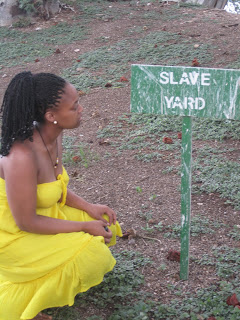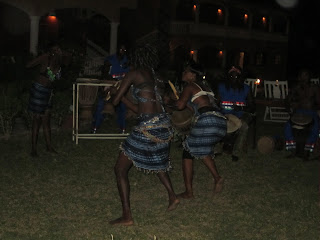
One of my purposes for traveling to Africa was to conduct my own research on chewing sticks. Chewing sticks are actual sticks from trees that are used to clean teeth. Many people use them in Africa because they are easily assessable. I actually bought mine from the local market. This man from the U.S. who was a biochemist asked me what I was doing in Africa. I told him that I came to research the differences between dentistry in Africa, a 3rd world country with limited resources verses in the U.S, a very developed country with many resources. I also told him that I was interested in learning more about the chewing sticks and how they work. The man told me “well, of course there’s a difference, it doesn’t take a rocket scientist to figure that out”. He then added, chewing sticks have bactericide that’s why they work. Honestly this man really irritated me because it was like he was telling me that it is very obvious that there is a difference between the U.S. and Africa and it did not take me coming down here to figure it out. I could google any article and read about the differences, I could also read information about chewing sticks; but experiencing this myself is unforgettable. For example, we all know that Africa is a poor country, but me being over here having to live the life that they quest upon each day, is more enriching than reading any article on the internet. The things that I have learned here could not be obtained from anything tangible; they were absorbed in my brain and marinated in my heart. As far as the chewing sticks, I have talked to patients and locals who use them and I have also observed the mouths of patients. Dr. George also answered any questions that I inquired. What I have learned about chewing sticks is that many people who use them often only use them in an up/down motion. This means that they often only clean the front teeth, and not the back teeth and the surfaces of the teeth. Another thing I learned was that the size of the stick matters; the longer the stick, the more reach a person has when cleaning their teeth, which is a good thing. Another thing that is very important in regards to the chewing stick is how to get the best use of it. It is better to chew on the stick after getting it and cleaning it. Chewing on the sticks creates dents and rigid areas, much like the Brussels on a tooth brush. This will allow the stick to clean better, allowing scrubbing to be more effective. Africa is very dirty, the air is polluted, and there are many bugs everywhere. This can pose as a problem when it comes to keeping the stick clean because many people put the stick behind their ear or leave it out. Therefore, bacteria gets on the stick and into their mouths, leading to oral hygiene issues. As far as the chemical properties in chewing sticks, what I have learned is that there are Antimicrobials, Inflammatory properties, Antibacterials, Antibiotics, Fluoride, trimethylamine, salvadorine, silica, vitamin C, and sterols. I am very sure that there are many more properties than what I have listed, but I can only speak on what I have learned. One very interesting thing about chewing sticks is that they can be obtained from pretty much any tree; there are not certain trees that are used. I had the opportunity to use one and it had a very bitter taste. Honestly, I think I will stick to my tooth brush and tooth paste, but I did enjoy the experience.























































